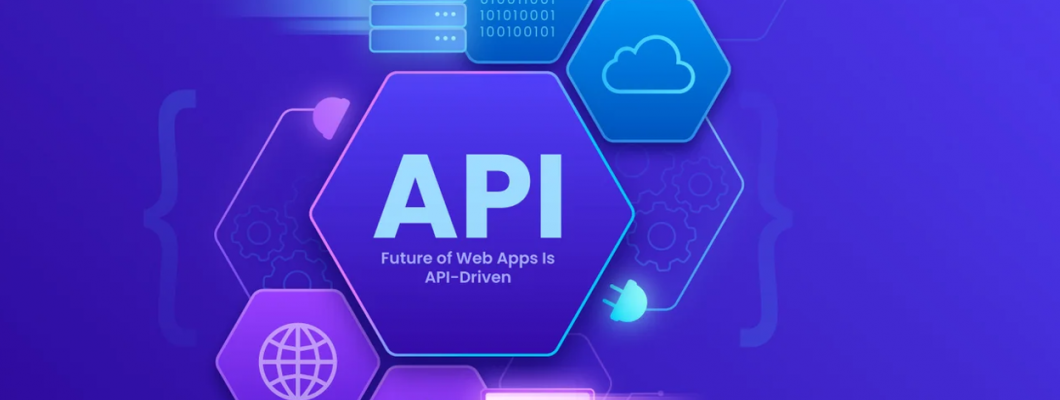
Introduction
In the fast-paced world of software development, agility, scalability, and seamless integration are non-negotiable. That's where API-first development comes into play. Rather than treating APIs as secondary concerns, this approach prioritizes API design from the beginning of the software development lifecycle (SDLC).
But what exactly is API-first development—and why is it considered the future of scalable software architecture?
What is API-First Development?
API-first is a design-centric approach where APIs are planned, designed, and developed before any actual code is written for the frontend or backend systems. The idea is simple: treat the API as the core product that everything else builds upon.
Instead of building the frontend or backend and bolting on the APIs afterward, the API-first method ensures:
Consistency across services
Better developer collaboration
Easier integration with third-party tools
Future-proofing for growth and scalability
Why API-First Matters in 2025 and Beyond
Scalability by Design
Modern applications rely on microservices and modular architecture. API-first development aligns perfectly with this philosophy by enabling distributed teams to build independently and scale effortlessly.
Faster Time to Market
With well-documented APIs ready from the start, frontend and backend teams can work in parallel—accelerating development cycles and reducing bottlenecks.
Better Developer Experience
When APIs are prioritized, developers get clear documentation, robust testing environments (using tools like Swagger or Postman), and consistent versioning, which makes onboarding and collaboration much easier.
Improved Integration Flexibility
Need to integrate with payment gateways, CRMs, or IoT devices? A solid API-first structure ensures your system can connect with any third-party service without major refactoring.
Future-Proofing Your Platform
Whether you're building mobile apps, desktop software, or embedded systems, API-first design ensures your services are reusable and extensible across multiple platforms.
Core Principles of API-First Development
Design Before Build: Use API specification tools like OpenAPI or RAML to outline endpoints, parameters, and responses before writing any business logic.
Mock First: Generate mock servers early to let frontend developers start working even before the backend is finished.
Standardization: Stick to best practices like REST or GraphQL standards to ensure uniformity and predictability.
Automation: Use CI/CD tools to automate API testing, deployment, and monitoring.
Tools That Power API-First Development
Swagger / OpenAPI: For designing and documenting RESTful APIs.
Postman: For testing, simulating, and sharing APIs.
Stoplight & Insomnia: For collaborative API design and lifecycle management.
Apigee / Kong / AWS API Gateway: For managing, securing, and scaling APIs.
Challenges in API-First Development
While API-first offers massive benefits, it’s not without challenges:
Upfront Planning: Requires more initial investment in design and documentation.
Cultural Shift: Developers and managers must commit to a paradigm where APIs are seen as products.
Versioning Complexity: Ensuring backward compatibility and smooth transitions is critical as APIs evolve.
Conclusion: Building with APIs at the Core
API-first development is more than a technical methodology—it's a philosophical shift in how we build software. By prioritizing clear interfaces, decoupled architecture, and scalable integration, businesses can innovate faster and build products that are ready for anything the future holds. Whether you're launching a new SaaS platform, transitioning to microservices, or scaling your team, API-first is a foundational step toward creating resilient and adaptable systems.

Leave a Comment